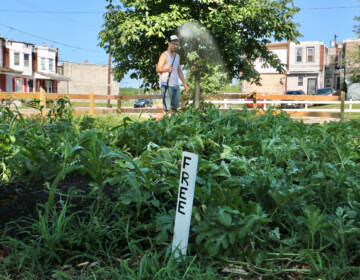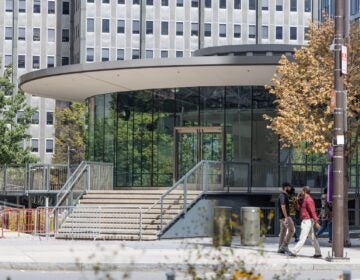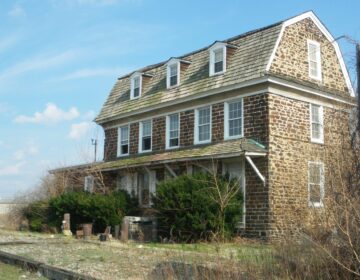Old First Reformed Q&A

Old First Reformed United Church of Christ Q&A
Respondent: Jeff Shanaberger
1. Your congregation was founded in 1727 by Palatine Germans, and therefore makes it culturally significant to Philadelphia’s large German-American population. What is your congregation’s role in the history of the waterfront? Why did the congregation move from its original site in 1882, and what led to its return to its original building in 1867? How does this the congregation’s history, building and place illustrate the role of the United Church of Christ in Philadelphia? What challenges has it faced?
2. How has your congregational make-up and ministry evolved over the past fifty years? What sorts of people attend services at Old First Reformed and where do they come from? What has drawn them to this church in particular?
3. What are some of your thoughts about the gentrification of Old City in the past decade? How has this affected your church’s mission and congregation?
4. What are your feelings about the proposed waterfront developments, not just casinos but also residential and commercial. How do you feel these will affect your ministry and your church?
5. What do you see as the future of Old First Reformed?
Answers:
1. I personally can’t tell you what role the early congregation played in the history of the waterfront. It took 20 years before they built their first church, at which time – 1747 the first German Reformed Coetus was organized here at the church. And they moved from this site at 4th and Race in 1882 because most of the members of the church were moving farther north in the city – so they built at 10th and Wallace. And then moved again in 1916 to 50th and Locust for similar reasons.
2. White flight in part propelled the congregation to consider moving back to its original site, plus the influence of one of its elders, Owen Fox who was also involved in the redevelopment of Old City. The congregation however was also drawn back here with a dream of doing ministry in the heart of the city, a dream that still motivates and guides our ministry. When it moved here it was surrounded by empty warehouses and the church’s interior had to be almost completely remodeled after having been used since 1882 as a warehouse for the Lucas paint company. Those urban pioneers were very brave, determined and propelled by their dream that God’s spirit was to be experienced in a very tangible way on this southeast corner of 4th and race.
3. Our denomination certainly sees us as a witness to the importance of religious liberty in our American heritage as we sit here a block from Independence Mall. And from a historical point of view of our German Reformed Heritage, Old First provided many resources for the early formation of that denomination in the 1700’s and the further institutional development in the 1800’s, e.g. the founding of Ursinus College and one of our pastor’s serving as president of that institution.
4. But today, as we are now a part of the United Church of Christ, we are seen as being a prime example of the values of the UCC and of being an example of how a church can do urban ministry to the poor. Like our denomination we are an open and affirming church – welcoming and affirming those of all sexual orientations; we have housed a homeless shelter for men each winter for over 25 years; we operate a summer day camp for children in some of the poorest neighborhoods of Philadelphia (currently in Kensington), we host work camps for youth from all over the country to come here and spend time working for different agencies in the city working with the poor; we also give out food and clothing every Saturday to anyone who comes by, and we have one AA group that meets daily.
5. Today our congregation most commutes here from different areas of the city, the surrounding counties and states, including NJ, DE and MD. 49 of our active members drive across the bridge from NJ every Sunday. People are drawn here because of our Open and Affirming stance, our more progressive theology and our ministries to the poor. The majority are middle class Caucasians with small number of African-Americans, African refugees, and some Hispanic. A few of the men who attend AA or who come to our winter shelter attend sporadically as well. Few of our active members live in Old City. And many live here for short periods of time and therefore our membership is constantly changing.
6. The gentrification of Old City has probably enhanced our ability to draw people here from outside of Old City. It is seen as a safe and attractive area to drive into. But it has not increased our membership in any significant way through adding residents from Old City. And we have no problem with the poor and homeless coming here in this gentrified area so that we might meet some of their basic needs. It doesn’t appear that the community minds it either.
7. For our future we need to continue to get the word out to this tri-state area of who we are and what we stand for, and we need to do more than just feed and house the poor. We also need to end the cycle of poverty and homeless and make our shelter, day camp and food cupboard obsolete.
WHYY is your source for fact-based, in-depth journalism and information. As a nonprofit organization, we rely on financial support from readers like you. Please give today.






